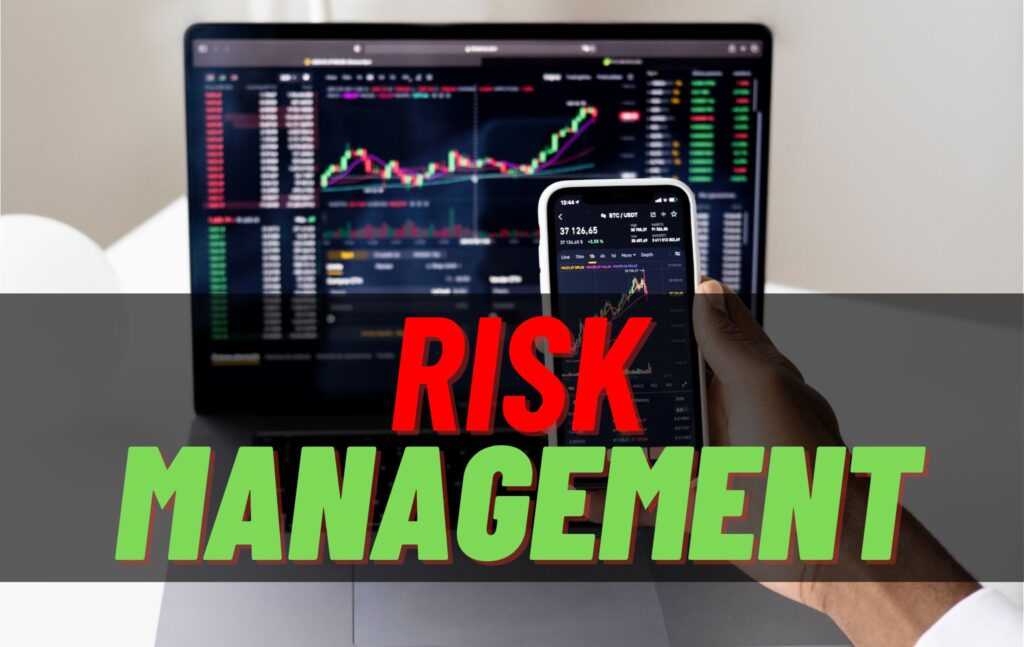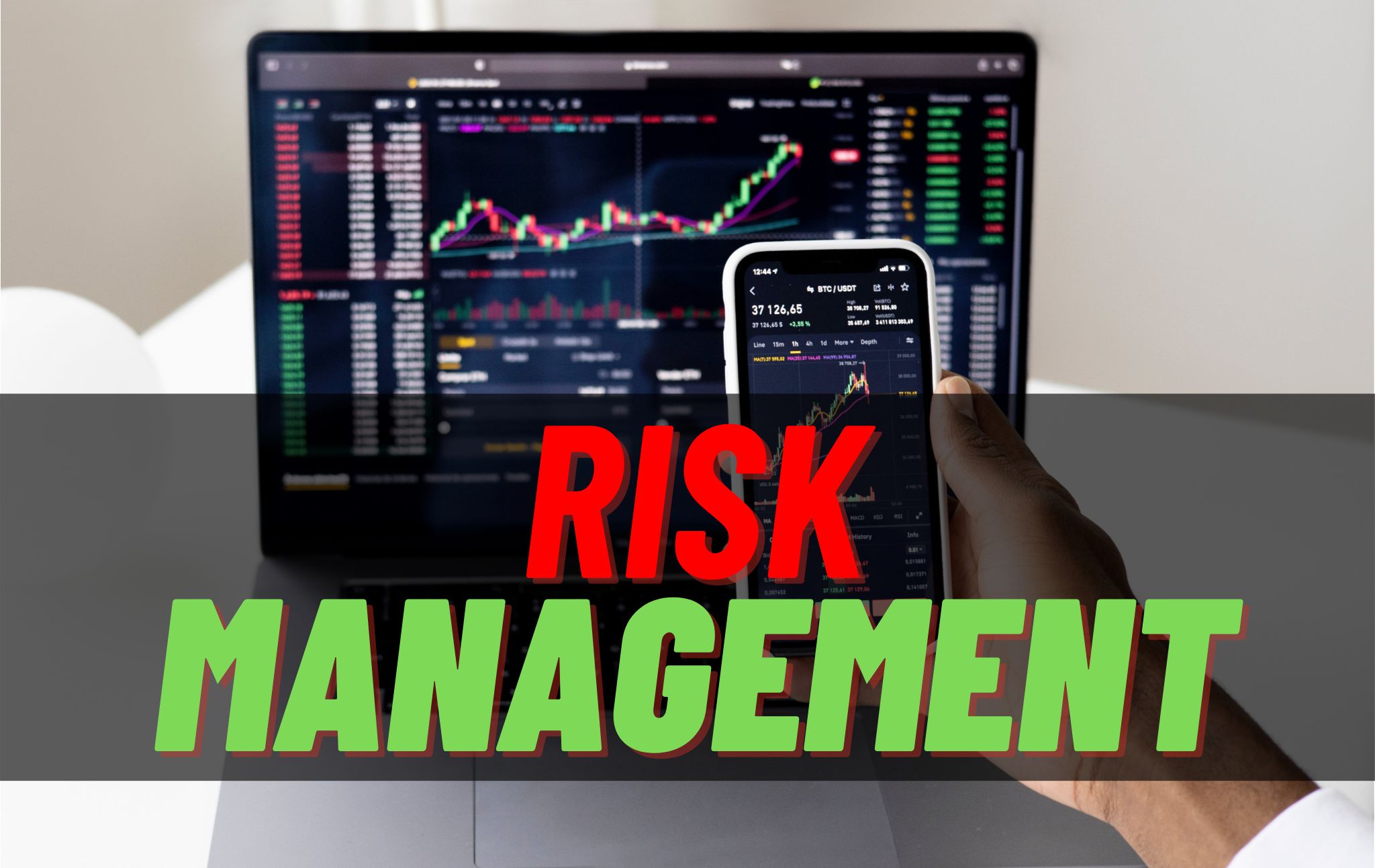
Table of Contents:
1 Introduction
2.1 Understanding the Importance of Forex Risk Management
2.2 Capital Protection Strategies
2.3 Effective Risk Control Techniques
2.4 Loss Prevention in Forex
2.5 Successful Risk Management Strategies
3 Conclusion
4 FAQ’s
Introduction:
Welcome to the world of Forex trading, where opportunities for high returns often come hand-in-hand with potential risks. Managing these risks effectively is crucial for protecting your trading capital and ensuring long-term success. In this professional blog, we’ll explore essential risk management techniques that can help you minimize losses while pursuing high returns in the Forex market. Let’s dive into the strategies designed to safeguard your hard-earned capital.
1. Understanding the Importance of Forex Risk Management:
- Preserving Your Capital: Forex risk management is about safeguarding your trading capital. By minimizing losses, you preserve the funds you need to trade and invest in the market effectively.
2. Capital Protection Strategies:
- Diversification: Spread your investments across different currency pairs and other assets. Diversification helps reduce the impact of a single loss on your overall capital, making your portfolio more resilient.
- Position Sizing: Determine the appropriate size for each trade based on your risk tolerance and overall capital. Avoid risking a large portion of your funds on a single trade, as it can lead to significant losses.
3. Effective Risk Control Techniques:
- Setting Stop-Loss Orders: Always set stop-loss orders for your trades. A stop-loss order specifies the maximum amount you’re willing to lose on a trade. It ensures that your losses are limited if the market moves against you.
- Using Take-Profit Orders: Similarly, use take-profit orders to secure your profits. A take-profit order allows you to lock in gains once the market reaches a specific favorable price point.
4. Loss Prevention in Forex:
- Continuous Monitoring: Stay vigilant and monitor your trades regularly. Keep an eye on market news and events that might impact your positions. Being aware of market changes allows you to make timely decisions to prevent potential losses.
- Avoiding Emotional Trading: Emotions like fear and greed can cloud your judgment and lead to impulsive decisions. Stick to your trading plan and avoid making emotional trades, as they often result in losses.
5. Successful Risk Management Strategies:
- Risk-Reward Ratio: Assess the risk-reward ratio for each trade. A favorable risk-reward ratio ensures that the potential reward justifies the risk you’re taking. Aim for a ratio where potential gains are at least double your potential losses.
- Learn from Mistakes: Analyze your losing trades to understand what went wrong. Learning from your mistakes is a valuable part of improving your risk management skills. Use these lessons to refine your trading strategy.
Conclusion:
Forex risk management is the cornerstone of successful trading. By implementing these strategies and techniques, you can protect your capital while actively seeking high returns. Remember, trading in the Forex market requires discipline, patience, and a well-thought-out approach. By prioritizing the safety of your trading capital, you set the foundation for a sustainable and profitable trading journey.
FAQ’s
Q1: Why is risk management important in Forex trading?
A1: Risk management is crucial in Forex trading because it helps protect your capital from significant losses. By implementing effective risk management techniques, you minimize the impact of potential market fluctuations and ensure the longevity of your trading account.
Q2: What is a stop-loss order, and how does it help in risk management?
A2: A stop-loss order is a predetermined price level set by a trader to limit potential losses on a trade. When the market reaches this price, the trade is automatically closed. Stop-loss orders act as a safety net, ensuring that losses are controlled and preventing trades from turning into substantial financial setbacks.
Q3: How can diversification protect my trading capital in Forex?
A3: Diversification involves spreading your investments across different currency pairs and other assets. By not putting all your funds into one trade, you reduce the impact of a single loss on your overall capital. Diversification helps safeguard your trading capital by minimizing the risk associated with a particular asset or market movement.
Q4: What is the significance of the risk-reward ratio in Forex risk management?
A4: The risk-reward ratio compares the potential profit of a trade to the potential loss. A favorable risk-reward ratio ensures that the potential reward justifies the risk taken. Traders often aim for a ratio where the potential gains are at least double the potential losses. Maintaining a positive risk-reward ratio is a fundamental aspect of effective risk management in Forex trading.
Q5: How can emotional trading impact risk management in Forex?
A5: Emotional trading, driven by fear or greed, can lead to impulsive decisions and risky trades. Emotional traders may abandon their risk management strategies, leading to substantial losses. By staying disciplined and adhering to your trading plan, you can avoid emotional trading and maintain effective risk management practices.
Q6: Can risk management strategies guarantee profits in Forex trading?
A6: While risk management strategies can’t guarantee profits, they significantly enhance your chances of long-term success. They provide a structured approach to trading, helping you minimize losses and protect your capital. Consistently applying sound risk management techniques, alongside a well-developed trading strategy, increases your overall profitability and minimizes the impact of market uncertainties.
Q7: How can I learn more about effective risk management in Forex trading?
A7: You can learn more about effective risk management in Forex trading through online resources, trading courses, webinars, and books dedicated to the topic. Reputable brokers often provide educational materials and workshops on risk management. Additionally, joining trading communities and forums can provide valuable insights from experienced traders, helping you enhance your risk management skills.


